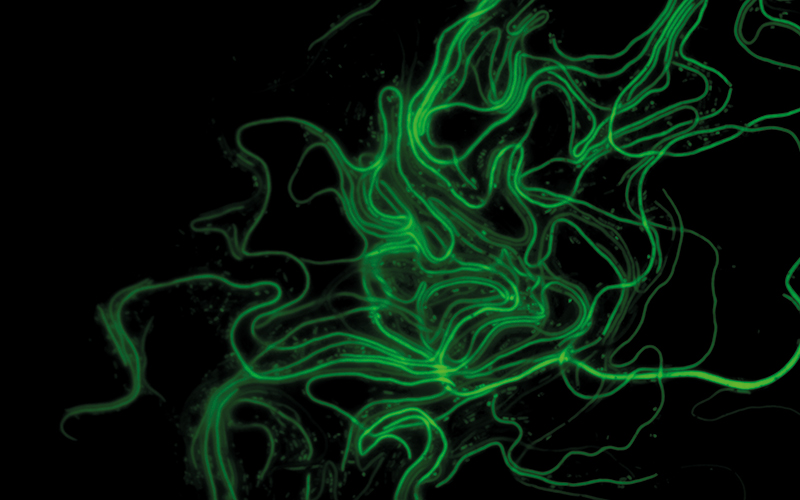Around 80% of UTIs are caused by uropathogenic E. coli (UPEC), which is increasingly resistant to antibiotics.

Scientists are using state-of-the-art microscopy to pinpoint how these bacteria spread and multiply.
Dr Bill Söderström and Associate Professor Iain Duggin of the Australian Institute for Microbiology and Infection said their latest research examined the shapeshifting behaviour of UPEC. The study used a human bladder cell infection model to generate the filaments and look at their reversal back to rod shape.
Dr Söderström said: “While we don’t fully understand why they do this extreme lifestyle make-over, we know they must revert to their original size before they can reinfect new bladder cells.
“We used advanced microscopy to follow two key cell division proteins and their localisation dynamics during reversal. We found that the normal rules for regulation of cell division in bacteria do not fully apply in filaments.
“By giving the first clues into how the reversal of filamentation is regulated during infection, we may be laying the foundation for identifying new ways to combat UTIs.”
They found the long filaments formed by the bacteria appeared to break open the infected human cells, through a previously unknown mechanism called infection-related filamentation (IRF).
They report that the eruption of these bacteria from the cells of the bladder that they invade probably contributes to the extensive damage and pain during a UTI.
Image credit | University-of-Technology-Sydney




